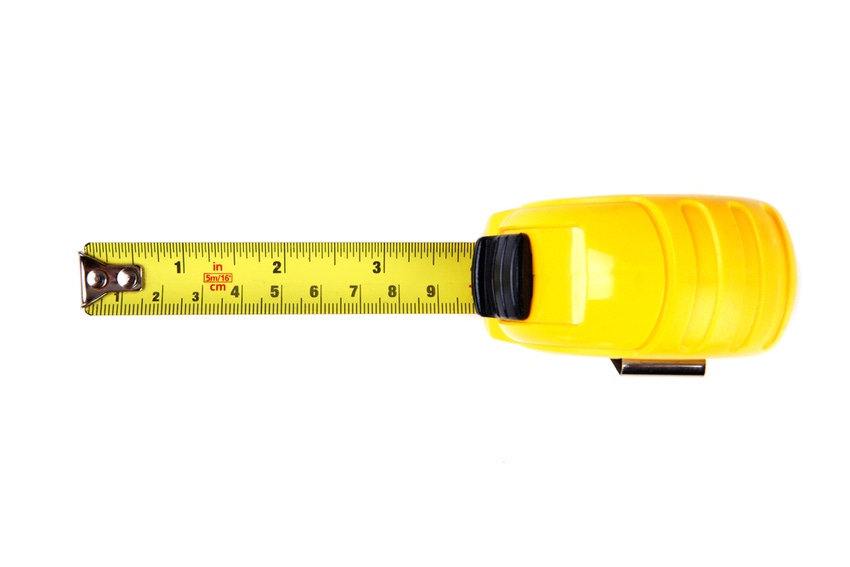Vendors: How Do You Measure a Partner Relationship?
Vendors still struggle to gain a genuine insight into their partners’ needs. So what can they do?

In the channel, the partnership between vendor and partner is critical. But given the challenges of managing thousands, or even hundreds of thousands of partners, is it truly possible for vendors to gain genuine insight into their partners’ needs? Moreover, is there a way to measure a healthy partner relationship outside of the balance sheet?
It is something with which vendors continue to struggle. Last summer, research from Kaspersky suggested that vendors and partners aren’t as close as they could (or should) be. Sixty-five percent of resellers and distributors wished the relationship with their vendor was better. Interestingly, 71% of partners said they feel the onus is on them to establish relationships with vendors.
The problem has been exacerbated by the COVID-19 pandemic, which has put a stop to in-person meetings. Indeed, 65% of partners now find it increasingly difficult to build relationships with vendors.
So how can suppliers improve on the processes they commonly put in place to engage with the channel?
Sign up for Channel Futures’ EMEA newsletter, where we feature news and analysis involving companies based in Europe, the Middle East and Africa, as well as those doing business in that region. |
Many point to automation as a way to tackle the problem. Forrester notes that the push for partner experience (PX) stalled in 2020 as vendors pivoted for the pandemic. However, it also reports that last year saw the growth of the channel software stack. These solutions include those that help vendors “manage, measure and report on partners.” So, can automation help vendors better understand their partners?
Kerry Desberg, CMO at partner relationship management (PRM) software vendor Impartner, thinks vendors need to “automate to humanize.”

Impartner’s Kerry Desberg
“There is so much ‘administrivia’ in managing a channel — onboarding, managing contracts, providing sales enablement materials, managing leads. If you have not automated your channel operations, you’ll spend all your time on operational basics. Not on the strategic conversations you need to have with your partners that truly take your relationships forward,” she said.
While Desberg says there is no replacement for human connection, “automation can close the gap.”
“You can make sure the right partners, get the right information, at the right time, in the right language,” she said. “You can see who is doing well, and where to invest more, and who seems to be struggling and why. Then, direct more of a certain resource to help them in terms of training and/or sales enablement materials. Automation makes sure you can customize how you meet their needs in a way even the largest CAM team could not sustain.”
Using Relationship Health to Drive Decision Making
One startup recently launched a new software platform for vendors to understand how their partners really feel about them. PartnerScore uses relationship health to drive decision making, claiming this is the single biggest predictor of future business performance. A ‘HealthScore’ provides insight into things such as partners’ commitment to the vendor, their level of trust in them and if their businesses are aligned.
It argues that relying on gut instinct, retrospective tools and point-in-time questionnaires to measure the partner relationship are ineffective. Similarly, the increase in software that provides vendors with operational data is still …
… falling short, argues PartnerScore CEO Peter Ward.

PartnerScore’s Peter Ward
“What vendors refer to as the partner experience … is missing a vital ingredient. What this does not show is how good is the partner-vendor relationship,” he said.
Ward contends this creates a gap in understanding the real needs and challenges of the partner. Best practice, he notes, should combine “what” is happening with “why.”
“The combination allows some predictions about what is likely to happen next. The vendor can then act to reduce risk and capitalise on opportunities. The upshot is that the vendor can understand the level to which individual partners are engaged with them. They can then take action to improve this if required.
“A vendor needs to understand those partners that are committed and see the relationship as mutually beneficial to both sides. These will be partners that are more likely to be successful with that vendor’s program,” he added. “Using automation to understand the profile of a what a successful partner looks like will be key in driving future investment decisions.”
Changing Partner Needs
It may be more important than ever to gauge how partners feel about their relationship with key vendors. For example, some partners now feel they can be more selective about the vendors with which they are aligned.

Purechannels’ Glenn Robertson
“The needs of partners have changed,” said Glenn Robertson, whose company, Purechannels, offers sales and marketing services to the channel. “They are becoming more sophisticated and choosey when it comes to who they work with.
“Partners are interested in ease of doing business and help selling as much as possible in the best way possible. Everything else supports these two things. This all leads to optimising the PX across the board.”
Partner engagement has also changed with the pandemic, without industry events or face-to-face meetings for the most part. Without these, it ‘s not as easy for account managers to understand how a partner feels. Conflicts may be more difficult to spot in the early stages and resolve before they impact business activity.
Robertson advocates for an approach that puts the partner at the heart of the relationship, rather than the vendor.
“The emphasis has to flip from what you want, to what your partners need — so your actions can be more informed and will likely be more successful,” he said.
Ultimately, vendors still have much work to do to understand partner needs — particularly right now. But increasingly, it looks like it will be automation that helps deliver the “human touch.”
About the Author(s)
You May Also Like


